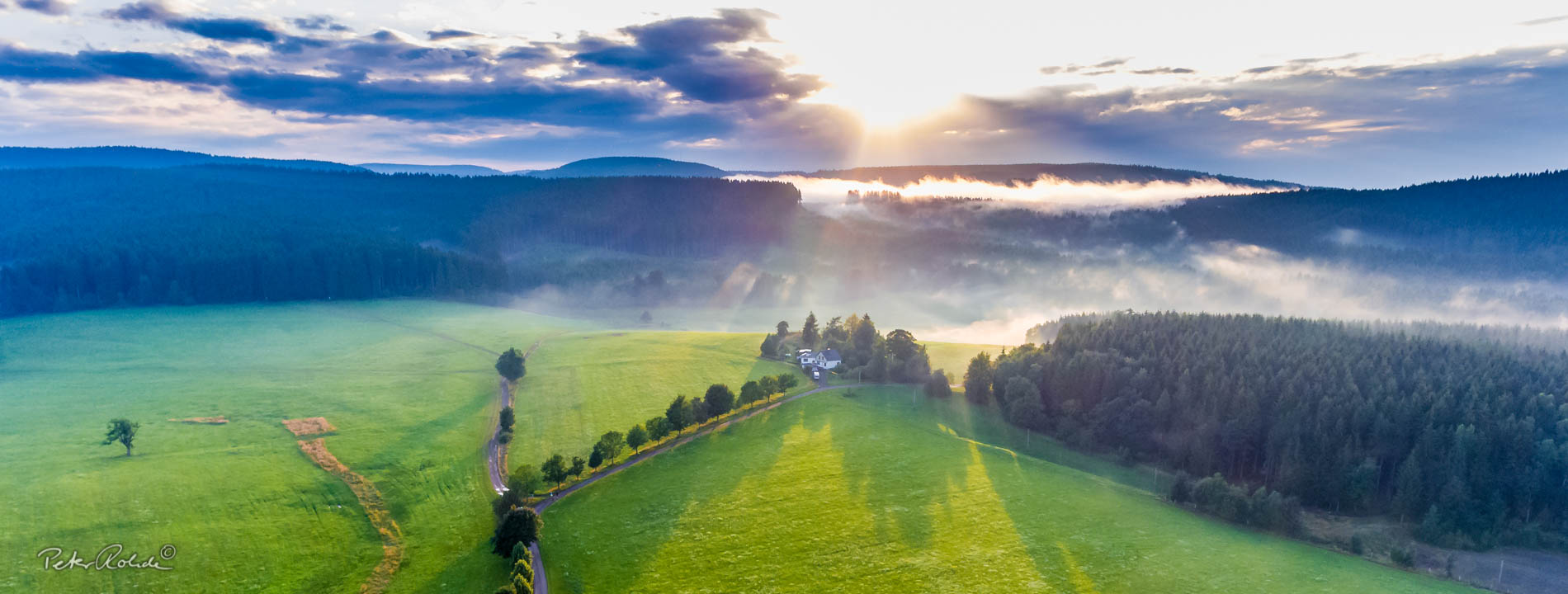
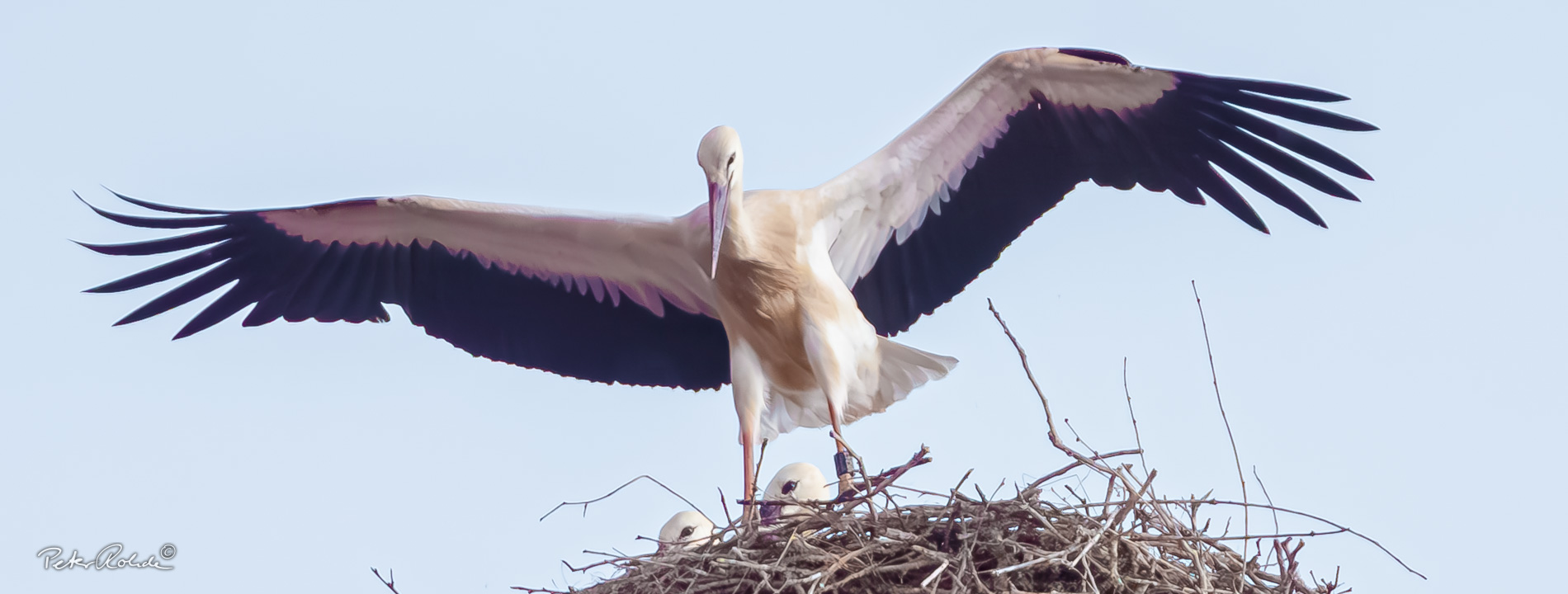
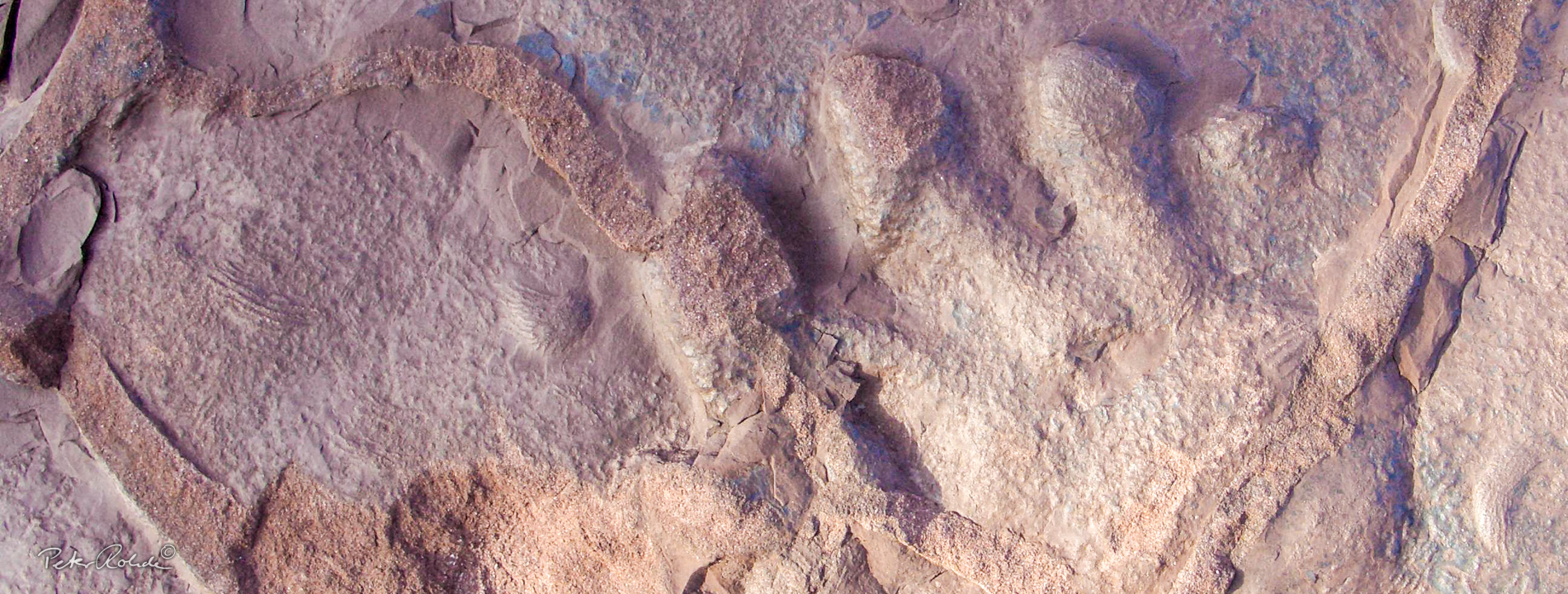
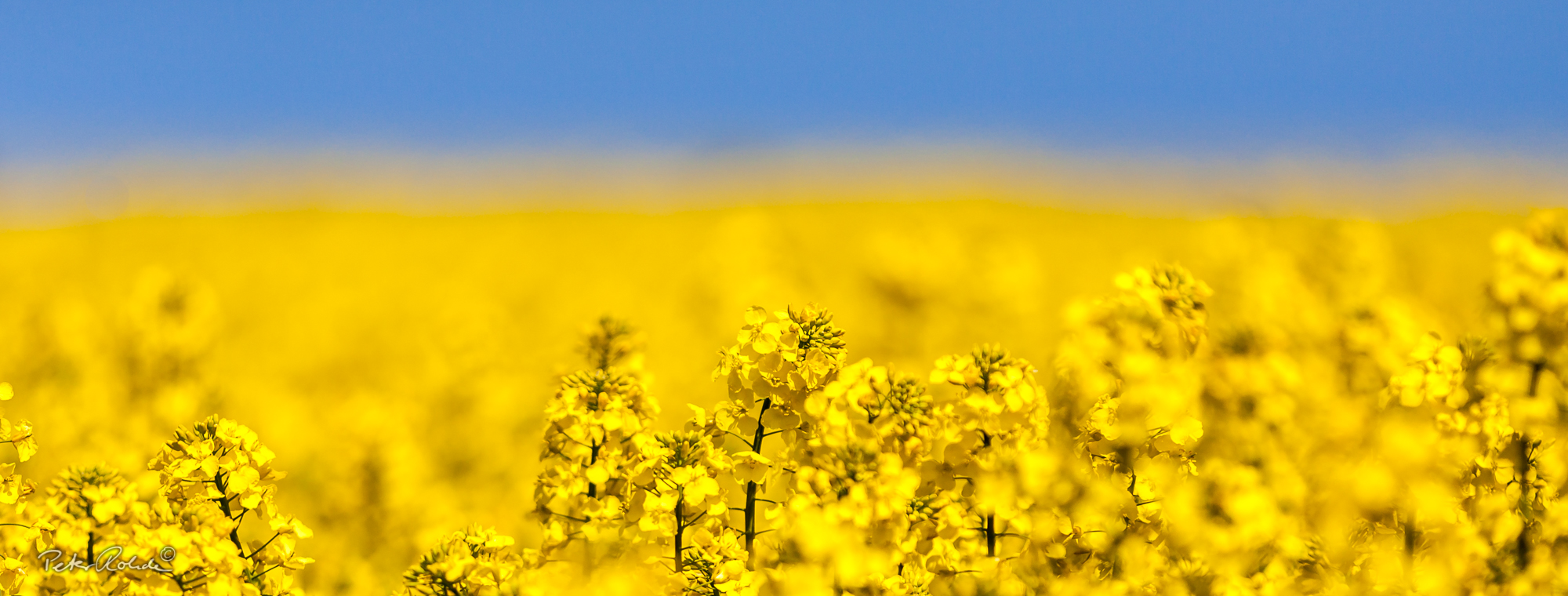
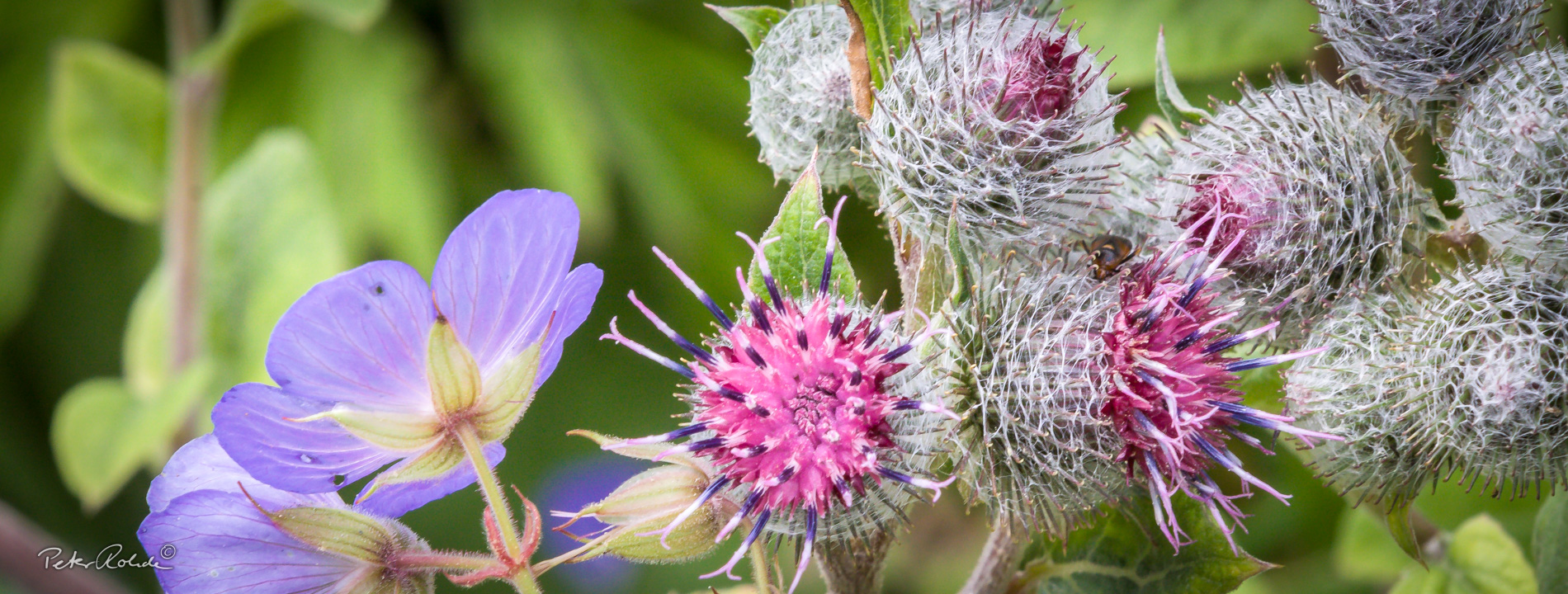
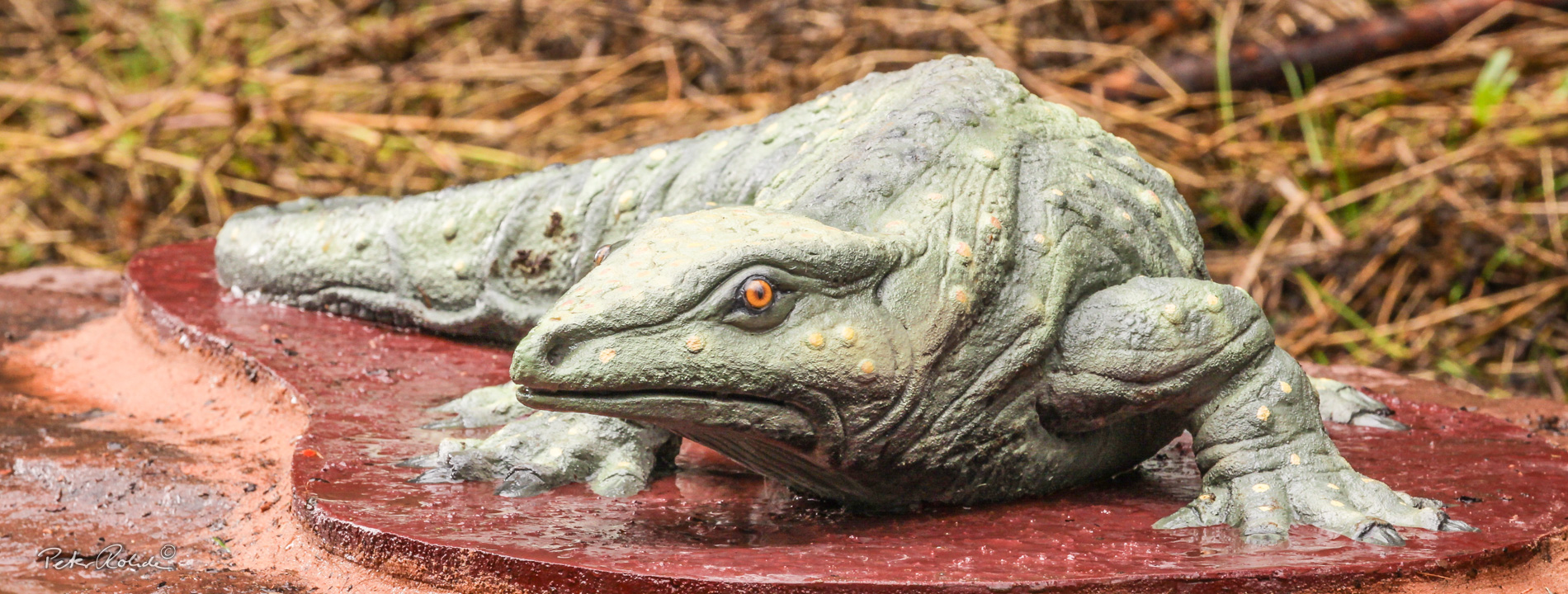
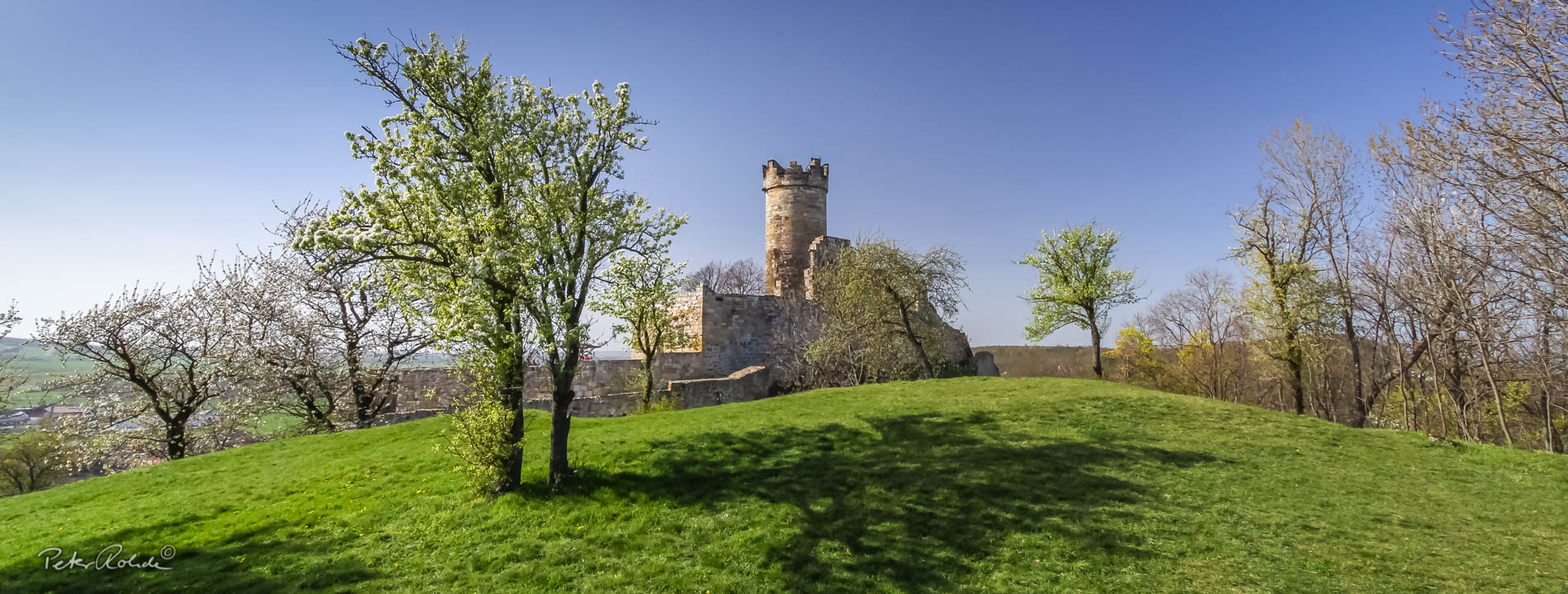
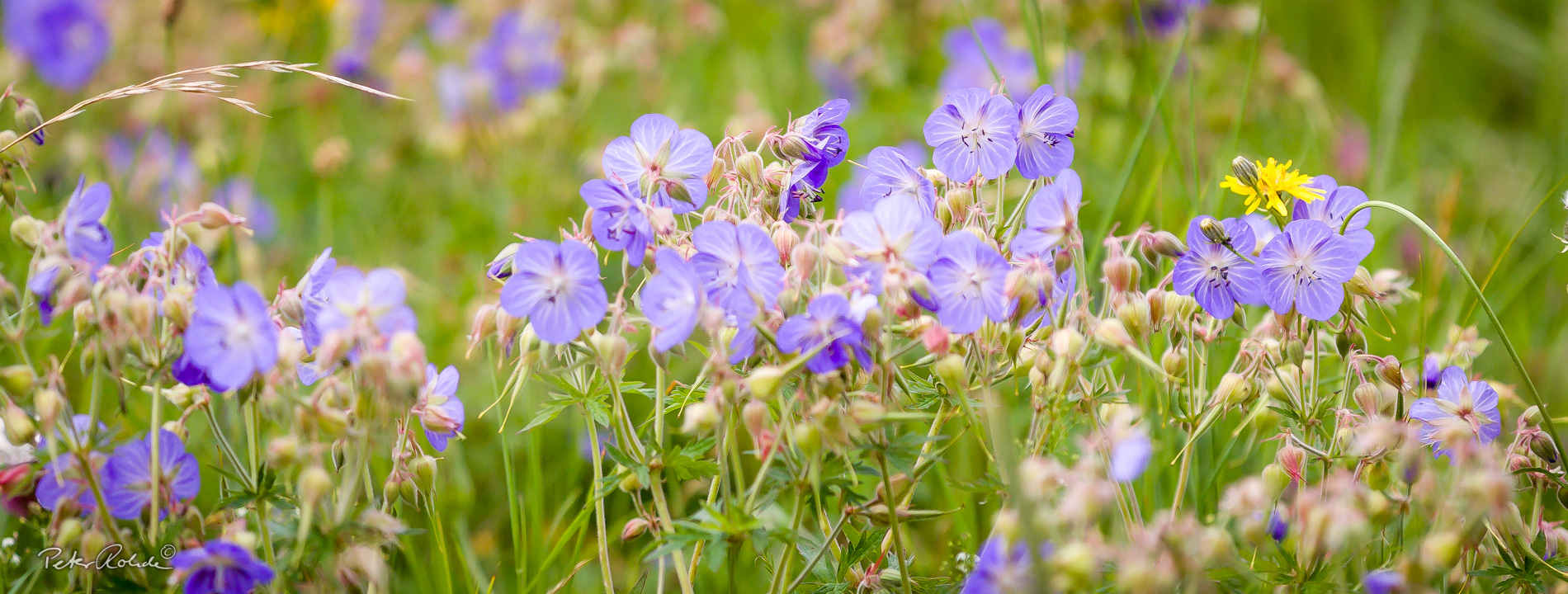
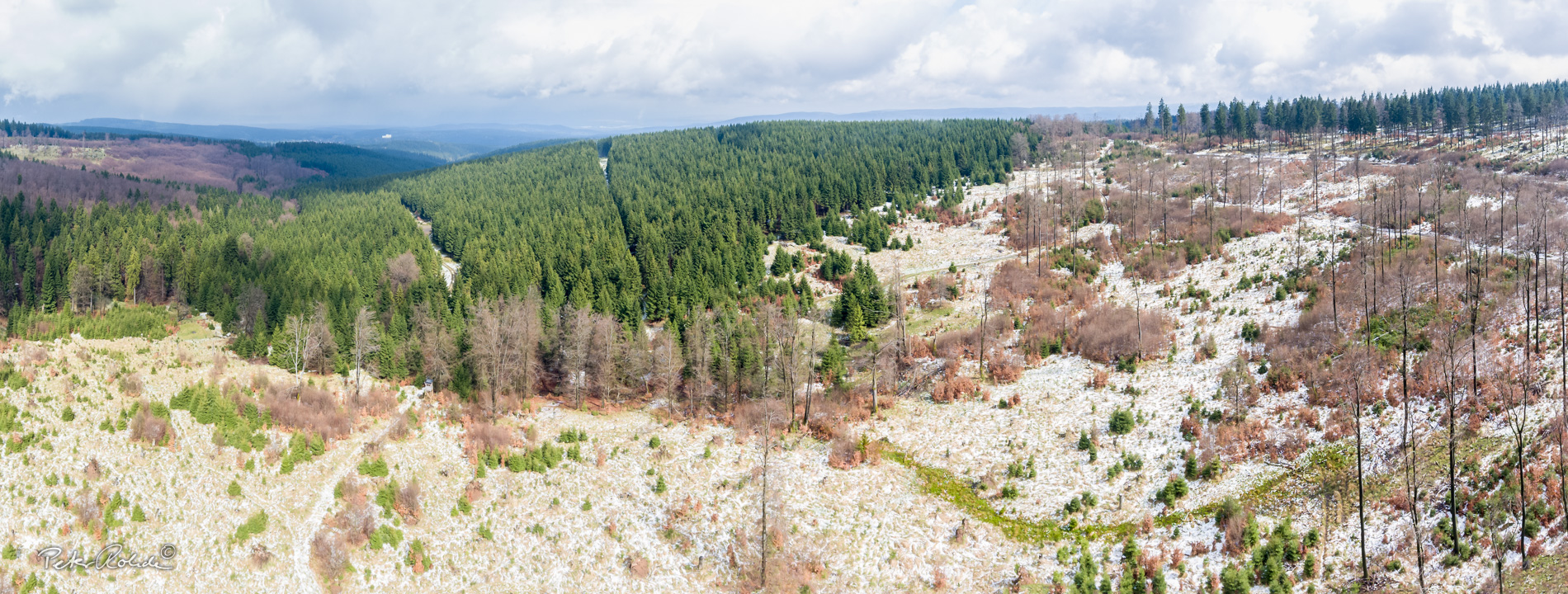









Hiking trail and experience sites
Site 1: Giant beer
The Arnstadt brewing tradition and its basis: spring water
There are numerous springs in and around Arnstadt, which are also partly responsible for the early settlement of the region. However, water is not only essential for life, but is also the basis for many happy hours: In the 17th century, Arnstadt was one of the most important beer centres in Central Germany - guess how many breweries and pubs Arnstadt had at that time.
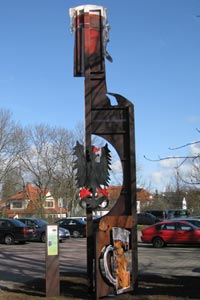
Site 2: Neideck castle ruins
The Renaissance Neideck Castle must have been magnificent. Count Günther XLI ‘the Belligerent’ had it built in the middle of the 16th century. The 65 metre high castle tower, which dominates the silhouette of the town with its copper-plated dome, has been preserved. From here, there is an impressive view from the foothills of the Thuringian Forest in the south to the state capital Erfurt in the north.
Site 3: Arnstadt market place
The young Johann Sebastian Bach sits calmly and confidently in the centre of Arnstadt's market square. In 1703, aged just 18, he took up his first post as an organist in Arnstadt. It was here that he fell in love with his first wife Maria Barbara and indulged in many an escapade. And Johann Sebastian Bach certainly appreciated a tasty bratwurst and a fresh beer. Anyone travelling along the ‘From Beer to Bratwurst’ hiking trail should pay a visit to the Johann Sebastian Bach Church.
Site 4: Giant spoon
At the gates of Arnstadt, on the ascent to the vineyard, a giant's spoon is said to have fallen out of his pocket. This is a legend handed down by Ludwig Bechstein. Paint your own picture of the story on the spot. Be that as it may, the spoon is the reason why everything on the Geo- and Pleasure Trail is simply HUGE.
Site 5: Giant hop umbel
The cultivation of hops in the Arnstadt region and why they thrive here.
The bitterness of beers is determined by hops. This is therefore another important basic ingredient for beer production alongside malt. Today, the endless fields with the tall hop trellises are mainly known from the Hallertau region in Bavaria. But even in the immediate vicinity of the Geo- and Pleasure Trail, hop plants were still growing in GDR times - find out here why the reason for this is to be found in the last ice ages.
Site 6: Haarhausen gravel pit
The Haarhausen gravel pit is an important geosite of the UNESCO Global Geopark Thuringia Inselsberg - Drei Gleichen. Here you can see how the forces of the earth work: it is an outcrop in the so-called Eichenberg-Gotha-Arnstadt-Saalfeld fault zone. The rocks from the Middle and Upper Muschelkalk and Lower Keuper periods (approx. 240 to 230 million years ago) were heavily folded here. From a strictly geological point of view, the so-called gravel is not gravel at all, as its formation is linked to transport and deposition in a river. It is limestone that has been heavily fragmented by tectonic forces.
Site 7: Giant beetroot
The cultivation of beets as a forage plant in the Thuringian Basin and why it can grow well here.
Are you wondering what the fodder beet, which the Thuringians call "Runkeln", has to do with beer or bratwurst? Quite simply, in order to produce the countless genuine Thuringian bratwurst sausages, butchers need pigs that are well fattened. In the course of time, fodder beet was bred for this purpose, and it still grows in many fields here in the region today. Like all turnips, fodder beets needs very fertile soil. How deep do you think the root can penetrate into the soil?
Site 8: Bratwurst roundabout Holzhausen
If your mouth is watering as you drive to or from Holzhausen (Ilmkreis / Thuringia), it can only be because of the town's entrance gate. In the shadow of the time-honoured Wachsenburg castle, the wooden bratwurst stands as a reminder of Thuringia's most delicious cultural asset.
Opened in November 2006, the world's first and only bratwurst roundabout shows visitors from afar that everything here revolves around sausages. The highlight of the spiral on the roundabout is a four-metre-long Thuringian bratwurst in a wheat roll. The wooden sausage was created by Gehren wood sculptor Roland Peppler.
Note for visitors: The 1st German Bratwurst Museum has been located in Mühlhausen since 2023 and is no longer in Holzhausen.
Site 9: Giant bratwurst
From the history of the bratwurst and the basic question: What is soil made of and how is it made?
Most people associate soil with dirt or simply earth. But not all soil is the same - there are numerous types of soil. They all have different properties, depending on the raw materials from which they are formed. Did you know that the process of soil formation can take several millennia? Just how important fertile soil is for ‘meaty’ delights is impressively demonstrated here at the 1st German Bratwurst Museum.
Note for visitors: The 1st German Bratwurst Museum has been located in Mühlhausen since 2023 and is no longer in Holzhausen.
Site 10: Giant barbecue
The importance of fire for humans and the importance of soil for humans
Believe it or not, mankind has been barbecuing since the 1st century AD - this is documented. And what? Roast sausages, of course. However, the cultivation of crops and the reclamation of land for this purpose, as well as livestock farming, is even older: this has been documented since the Neolithic Age, when people began to settle down. However, soils are not only important for securing our food supply, but also as a deposit for groundwater or mineral resources.
Site 11: Giant abbot's staff
The first documented mention of beer and bratwurst in the Jungfrauenkloster and why nature is the prerequisite for the creation of a cultural landscape
The first documented mention of Arnstadt and neighbouring Mühlberg dates back to 704 and, together with Großmonra, they are the oldest places in Thuringia. To understand the reasons for this, it is best to put yourself in the shoes of the first ‘settlers’: they needed a pleasant climate, clean water, fertile soil and forests - the natural environment of this region between the Thuringian Trough and the Thuringian Forest was and is excellent.

